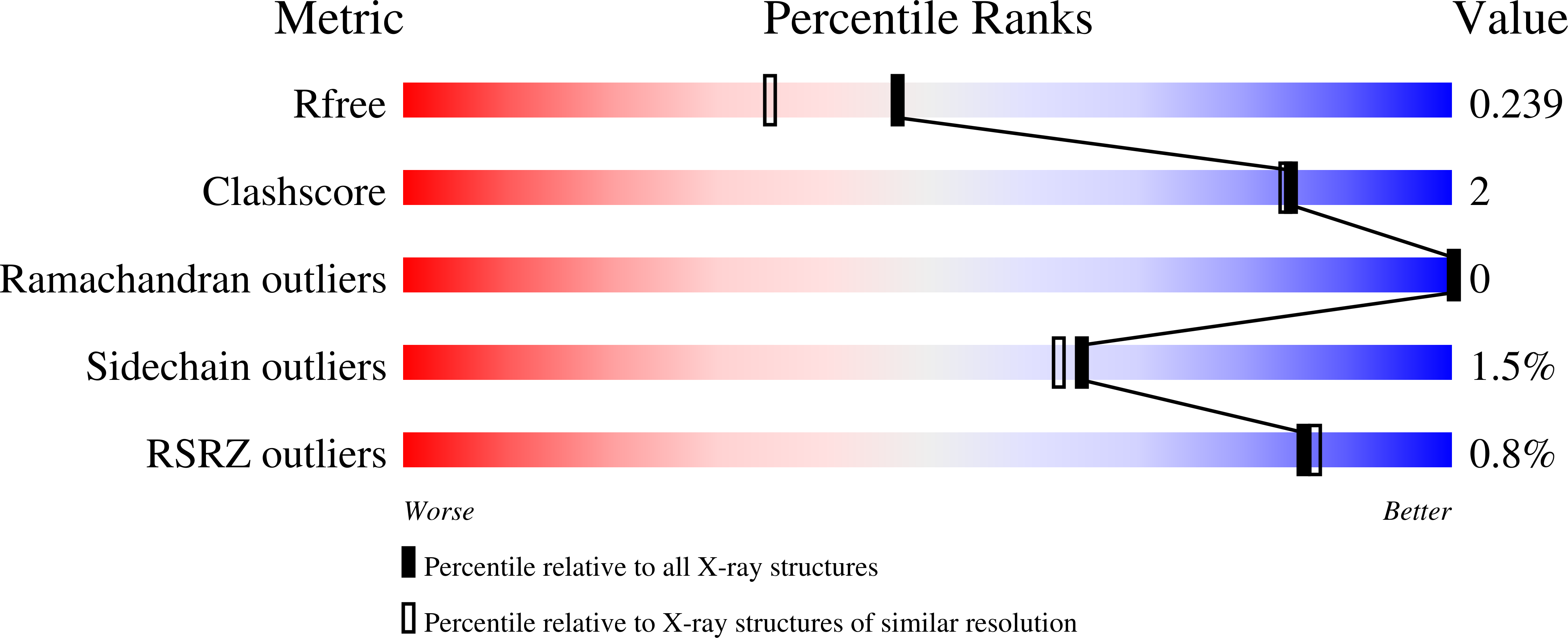
Deposition Date
2022-03-04
Release Date
2022-09-07
Last Version Date
2024-10-30
Method Details:
Experimental Method:
Resolution:
1.90 Å
R-Value Free:
0.23
R-Value Work:
0.19
R-Value Observed:
0.19
Space Group:
P 21 21 21


